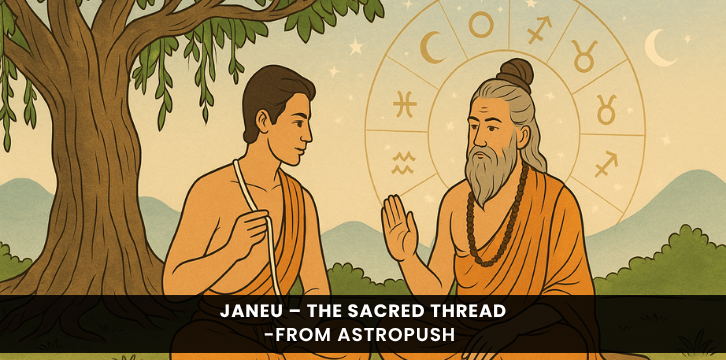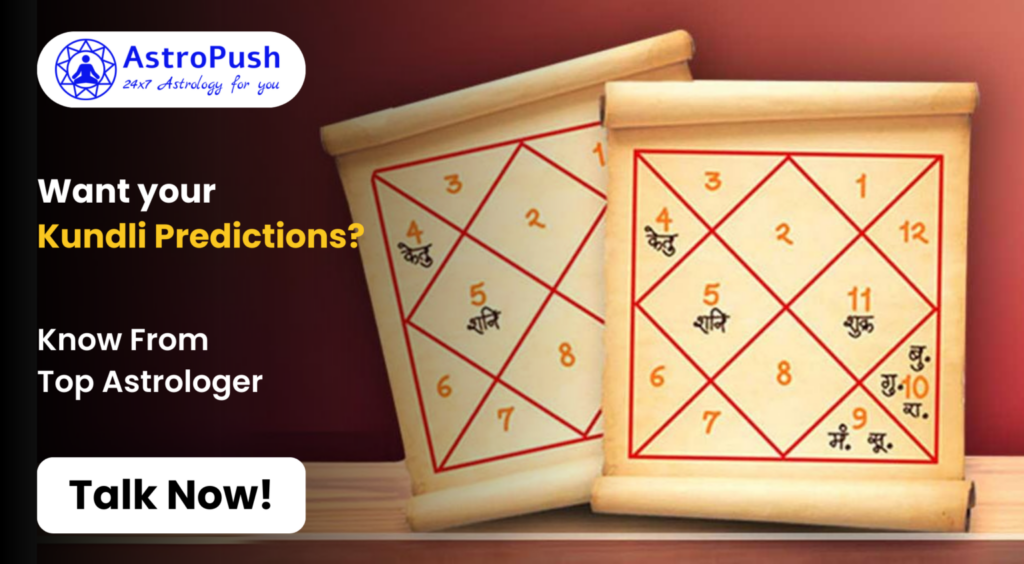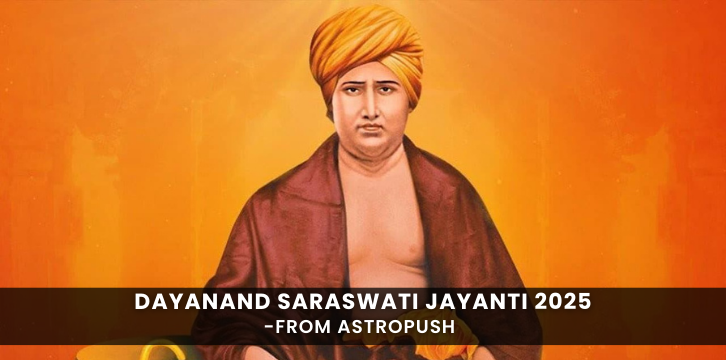Janeu is one of the most important spiritual symbols in Hinduism, especially among the Brahmin community. Also known as Yagnopaveetham or Upanayana, the Janeu ceremony marks a significant transformation in the life of a young boy. It is not just a ritual but a spiritual journey that connects the child to his dharma (duty), discipline, and divine knowledge. This sacred thread is a symbol of responsibility, learning, and a reminder of one’s commitment to living a life of truth and purity.
Let us explore what Janeu truly means, the rituals involved in the ceremony, its spiritual importance, and how it continues to guide individuals in today’s modern world.
What is Janeu?
The Significance of the Ceremony
The Janeu ceremony is not merely a tradition; it holds deep meaning in the spiritual and personal growth of an individual. Here’s what it represents:
1. Spiritual Rebirth
In Hindu philosophy, life is not just about physical growth but also about spiritual awakening. The Janeu ceremony marks the child’s entry into Brahmacharya Ashram, the first of the four stages of life in Hinduism. It is a phase dedicated to learning, discipline, and acquiring knowledge.
2. Acceptance of Responsibility
Wearing the Janeu means the individual is now ready to take responsibility for his spiritual and social duties. He becomes more aware of his actions and their consequences. It is a call to walk the path of truth, respect elders, and lead a life filled with humility.
3. Symbol of Purity
The three strands of the Janeu thread represent three deities – Brahma (creator), Vishnu (preserver), and Shiva (destroyer). They also symbolize the three debts a person must repay in life – to the gods, to the sages (for knowledge), and to the ancestors.
4. Connection with the Gayatri Mantra
One of the most important aspects of the Janeu ceremony is the initiation into the Gayatri Mantra, a powerful Vedic chant that invokes divine wisdom. Chanting this mantra daily helps in spiritual purification and mental clarity.
Rituals Performed During the Janeu Ceremony
Families usually perform the Upanayana Sanskar or Janeu ceremony for boys between the ages of 7 to 16. Elders, family members, and spiritual guides bless the child during the ritual. The rituals can differ slightly depending on regional traditions, but the core elements remain the same:
1. Sankalp and Invocation of Gods
The ceremony begins with a sankalp (vow) by the parents and the boy. They seek the blessings of deities, ancestors, and gurus for a successful spiritual journey.
2. Head Shaving (Mundan)
In some traditions, the boy’s head is shaved to symbolize letting go of the ego and worldly attachments. This is a sign of purity and a fresh beginning.
3. Wearing of the Janeu
The priest ties the sacred thread across the boy’s shoulder while chanting mantras. At this moment, the boy becomes a ‘Dvija’ or ‘twice-born’ – once from the mother’s womb and now from the womb of knowledge.
4. Initiation into the Gayatri Mantra
The boy is taught the Gayatri Mantra by the priest or father. He is expected to chant it daily with devotion and understanding.
5. Bhiksha (Begging Alms)
As a symbolic act of humility, the boy goes to his elders and relatives to beg for food. This ritual teaches him not to be egoistic and reminds him of the value of every morsel earned through effort and blessings.
Also Read – Kundali Matching by Name and Date of Birth – A Simple Guide for Marriage Compatibility
Who Can Wear Janeu?
Though traditionally associated with Brahmin boys, the Janeu can be worn by Kshatriyas (warriors) and Vaishyas (merchants) as well. Over time, some modern Hindu families are also allowing girls to undergo the Janeu ceremony, although it is still rare.
The sacred thread is usually worn for life. It is replaced during the annual Upakarma ritual, or after certain life events such as marriage or if the thread breaks.
Importance of Janeu in Modern Life
In today’s fast-paced world, rituals like the Janeu ceremony might seem outdated to some, but they hold deep relevance even now. Here’s why:
-
Sense of Identity: The Janeu reminds individuals of their spiritual roots and responsibilities toward family, society, and self.
-
Self-discipline: It encourages daily habits like mantra chanting, self-study, and inner reflection.
-
Moral Compass: In times of confusion or moral struggle, the Janeu acts as a spiritual guide to help individuals make the right decisions.
Misconceptions about Janeu
Many people believe that wearing the Janeu is only for religious display or caste identity. However, that’s not true. The true essence of Janeu lies in its spiritual symbolism, not social status. It is about commitment to higher knowledge and righteous living, regardless of social labels.
How Astrology Connects with Janeu
Astrology plays an important role in deciding the right muhurat (timing) for the Janeu ceremony. The planetary positions, nakshatras, and tithi are carefully calculated before choosing the day for the ritual.
If you want to find the perfect date for your child’s Janeu ceremony, or understand its astrological benefits, AstroPush offers complete guidance. You can:
- Chat with astrologer online free
- Talk to astrologer online free
- Free kundli generation
- Free horoscope prediction
- Kundli matching
- Numerology
- Panchang calendar
You can even contact the best astrologer in India anytime through our AstroPush application to make this spiritual occasion even more meaningful.
Also Read – Kundli Maker: Your Guide to Understanding Life Through Astrology
How to Care for the Thread
Once the Janeu is worn, the person should take care of it as it represents sacredness and divine energy. Here are a few tips:
-
Avoid letting it get dirty or tangled.
-
Remove it respectfully (if needed) during certain medical situations.
-
Replace it during Upakarma or if it gets broken.
-
Maintain a clean body and mind while wearing it.
Conclusion
The Janeu is more than just a sacred thread; it is a powerful reminder of a person’s connection to divine wisdom, spiritual discipline, and moral responsibility. Through the Janeu ceremony, a child steps into a life filled with purpose, guided by ancient knowledge and a commitment to living with truth.
Whether you are planning a Janeu ceremony for your child or are simply curious about its significance, always remember that rituals like this are not just old traditions—they are timeless practices that guide us toward a meaningful life.
For all your spiritual needs—whether it’s to get the right muhurat, know your horoscope, or connect with a learned astrologer—AstroPush is here to help you. From free kundli to talking to the best astrologer in India, you can explore every aspect of astrology right from your mobile device.
Let the Janeu not just rest on your shoulder but awaken your soul.
Download the application on PlayStore and AppStore now!





